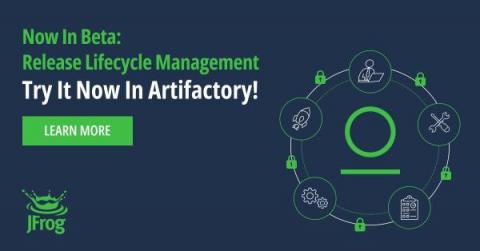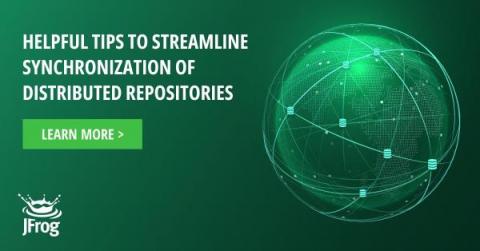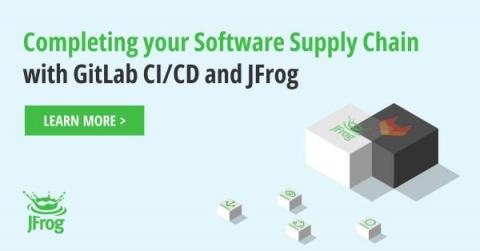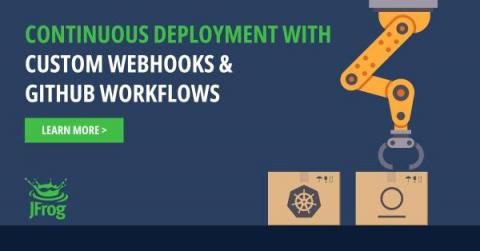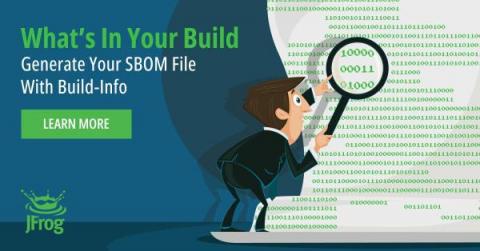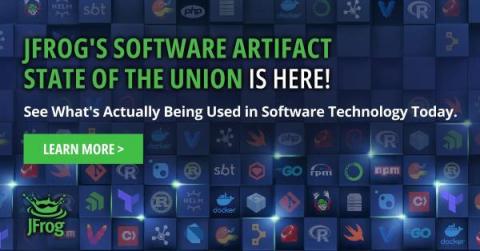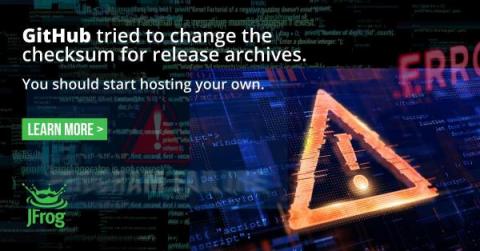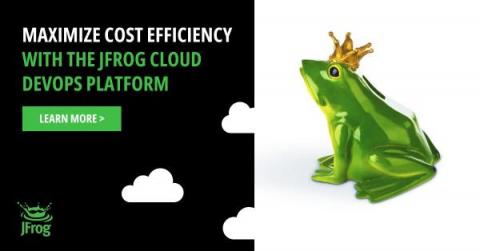Gain real-time observability into your software supply chain with the New Relic Log Analytics Integration
JFrog’s new log analytics integration with New Relic brings together powerful observability capabilities to monitor, analyze, and visualize logs and metrics from self-hosted JFrog environments. The integration is free for all tiers of self-hosted JFrog customers and utilizes the powerful, open source log management tool, Fluentd, to collect, process, and surface data in New Relic dashboards.



